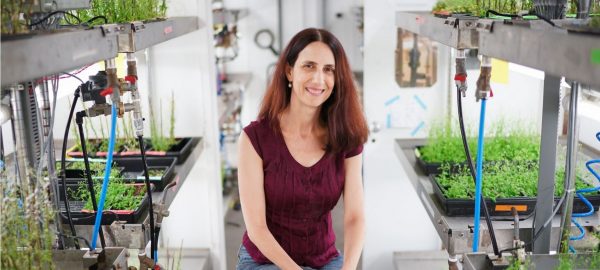High-throughput mapping of transposon-driven genomic rearrangements under antibiotic stress
Transposons and insertion sequence (IS elements) facilitate bacterial adaptation to antibiotics through two main mechanisms. In regular transposition (insertion), an IS is excised from the genome and inserted at a target site. In replicative transposition, each side of the IS attaches to another genomic locus, joining them together as it duplicates. These transpositions generate genomic rearrangements and repeats, which cannot be resolved by short reads. To overcome this challenge, we couple inverse PCR with paired-end sequencing, to jointly capture both IS flanks. Joint sequencing is achieved by fragmenting genomic DNA, self-ligating the fragments, and PCR with outward-facing primers to target the now-fused flanks of the IS. We apply this method to IS1 in E. coli populations exposed to antibiotics, and identify over 100 insertion sites, and a variety of locus-joining events. Comparison with control populations suggest adaptive amplification events via homologous recombination between ISs, as well as replicative transpositions.







